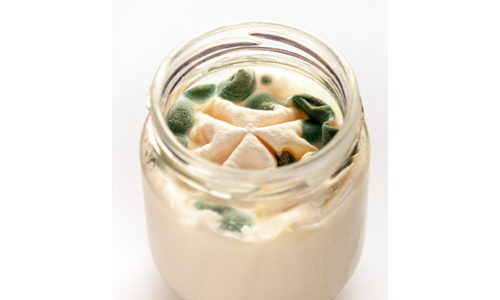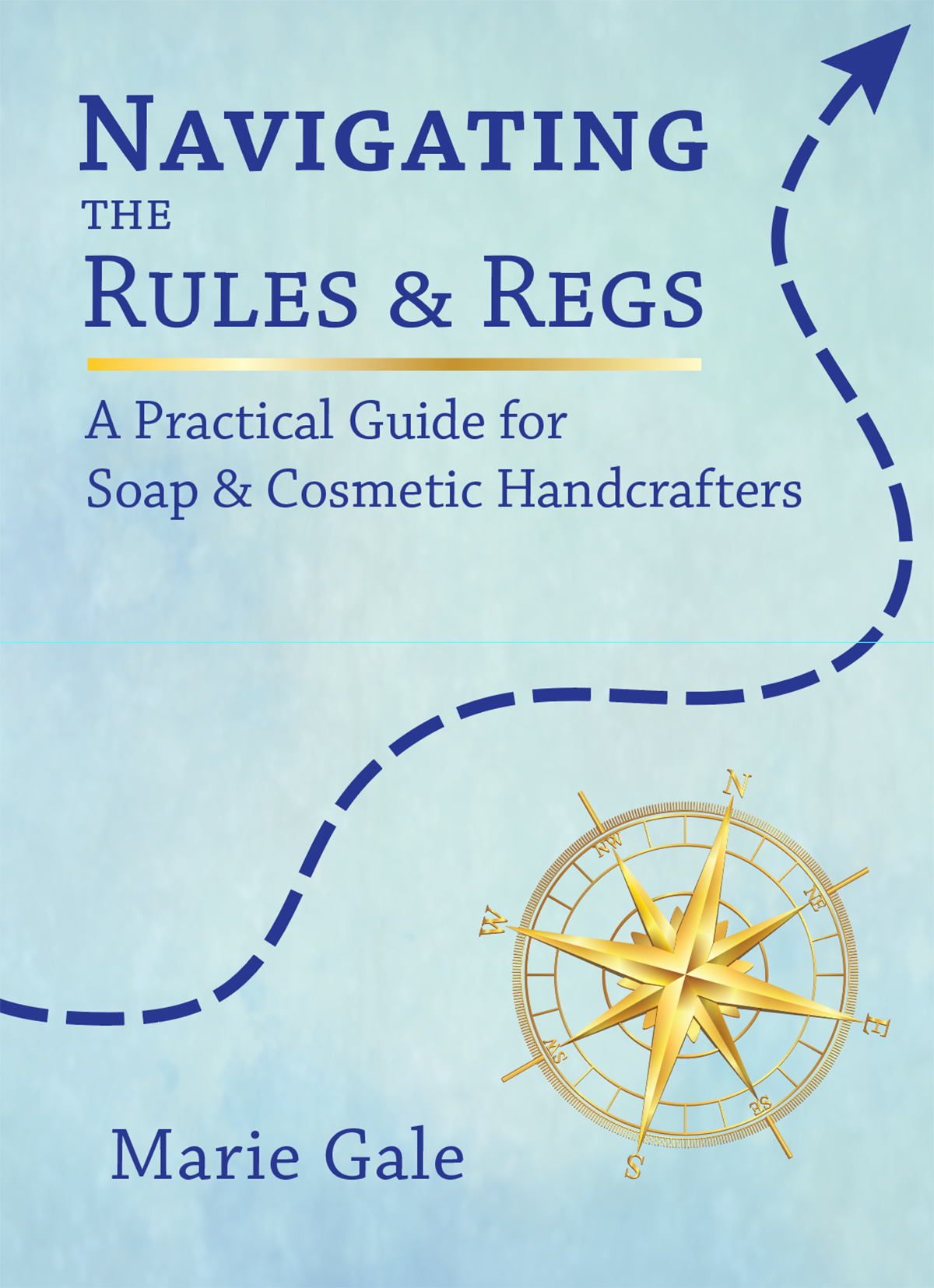This is part of the Labeling Basics series in which I am taking labeling back to its most fundamental parts, starting with the legal terms used and then going on to each requirement for soap and cosmetic labels.
In the US, you can make cosmetics without getting prior approval of the product, the ingredients, or the formulation. What you can’t do is sell (or put out for sale) a product which is adulterated or misbranded. That’s illegal.
Most states have also adopted a similar law, so it is illegal at the state level as well as the federal level.
So what exactly makes a product “adulterated”?
The law has some very exact wording, so let’s look at the definitions of the words used, and then what the exact law is.
Key Words to Know
Adulterated (common definition)
Made poor in quality or unusable by the addition of something else; contaminated.
Poisonous
Containing material that causes illness or death.
Deleterious
Causing physical harm or damage to a person or thing; detrimental to life or health; harmful.
Filthy
Covered with or containing dirt or unclean matter, especially when disgusting or offensive.
Putrid
Decomposing or rotten.
Decomposed
Subjected to organic decay; rotten.
Insanitary
Not sanitary or healthful; injurious to health.
And let’s look at how those terms apply to the regulations
Directly from the regulations:
A cosmetic is adulterated if:
(a) It contains any poisonous or deleterious substance which may make it injurious to users when they use it as suggested or in a customary and usual way.1
Cite
In other words, if you added something would end up harming the user if they used it in the normal or expected way.
Examples:
- A product that contains lead.
- (Possibly) a product that contains talc.
Directly from the regulations:
A cosmetic is adulterated if:
(b) It consists, partly or completely, of any filthy, putrid, or decomposed substance.
21 USC 361(b)
If your preservative system doesn’t work and the cosmetic grows any nasties.
Examples:
- A product that has mold, yeast or bacteria growing in it.
- A product that contains botanicals that have started to rot.
Directly from the regulations:
A cosmetic is adulterated if:
(c) It contains a color additive which is has not been approved for use in cosmetics or which is used in a way for which it has not been approved.
21 USC 361(c)
The only color additives allowed in cosmetics are those that have been approved for use in cosmetics; and they must only be used in the manner for which they were approved.
Examples:
- A lipstick that contains a color additive that is not approved for use on the lips.
- An herb, spice or plant added to the product to change the color and which is not an approved color additive for cosmetics.
Directly from the regulations:
A cosmetic is adulterated if:
(d) It has been prepared, packed, or held under insanitary conditions and may have become contaminated with filth or injurious to health.
21 USC 361(d)
If the product has been made, packed, or held in conditions where it might gotten contaminated with filthy or harmful stuff (dirt, bacteria, dust, insects, etc.). It doesn’t mean that it DID get contaminated, but that it was made or packed in an environment where it MAY have become contaminated.
Examples:
- A product made in a dirty kitchen or lab.
- A product made using unclean utensils or mixing containers.
- A product made in a space in which other people or pets are coming and going and which could cause the product to become contaminated.
- A product made by a person who is ill or has open wounds or sores.
Directly from the regulations:
A cosmetic is adulterated if:
(e) Its container is composed, partly or completely, of any poisonous or deleterious substance which may make the contents injurious to health.
21 USC 361(3)
If the container or wrapping is poisonous or toxic, and that could affect the product.
Examples:
- Paper wrapping printed or decorated with lead-based paints or toxic inks.
- The container contains BPA.
Why is it important?
When it comes to making and selling cosmetics in the US, there really are only two things for which the FDA or a state agency can come after you. They can cite you, tell you to cease and desist, make you stop selling your products, or confiscate your products only if your products are adulterated or misbranded.
If your cosmetics are adulterated, you are putting anyone who uses your product at risk. You are also putting yourself and your company at risk, both legally and from a liability standpoint.
Bottom line: Don’t market or sell cosmetics that are (or could become) adulterated.
- Except that this doesn’t apply to coal-tar hair dye, provided it has warning labels as described in the statutes. ↩︎




Leave a Reply